Seventy-five years ago today perhaps the most famous ship in British history arrived at this island. A new nation was born, and with it, a new founding myth.
The story begins in the last few weeks of the second world war, when British troops advancing on Kiel in the very north of Germany captured a ship called the Monte Rosa.
Built in Hamburg in 1930, after the Nazi takeover in 1933 the Monte Rosa had been used in the ‘Strength Through Joy’ workers’ holiday programme; later it became a troopship for the invasion of Norway, where it remained until 1945, when the vessel was transferred to help with the tragic rescue of Germans escaping from East Prussia.
Most historians, who are always happy to tell you that old national histories are all 19th-century creations, seem reluctant to take on myths still in formation
Now in British hands, it had in January 1947 been rechristened, like other captured German ships, with names taken from tributaries of the Thames – and so the Monte Rosa became the Empire Windrush. Barely noted in its lifetime – it sank off the coast of Algeria in 1954 – this ship is in the 21st century more commemorated than HMS Victory, Brunel’s SS Great Britain or the Mary Rose (probably only the Titanic is more famous).
Today its voyage is marked on coins issued by the Royal Mint, while the Imperial War Museum has even called it ‘one of the most foundational moments in British history’. Schools up and down the country will spend the day celebrating the Windrush’s journey from Jamaica to England.
Running through much of this commemoration is the narrative that the Windrush generation – the name given to the first wave of West Indian immigrants after the war – were answering a call for help from the mother country. The story of the Windrush is now commemorated by Laura Serrant’s poem, You Called… and We Came. The National Windrush Monument at Waterloo Station, unveiled last year, features the words of that poem, with the lines:
‘Remember… you called.
Remember… you called
YOU. Called.
Remember, it was us, who came.’
Even London schools have been emailing parents to commemorate those ‘answering the call from the British government to work in the NHS, on public transport and in the Post Office’. It is the story of the post-war imperial subjects who answered the appeal of the mother country.
And yet… it’s not quite true.
The Windrush began its historic journey from Kingston to Tilbury on 24 May 1948, with several hundred West Indian men and one stowaway woman. Also on board were a group of Poles who had circumnavigated the globe during the war, some of these survivors having escaped from Siberia to India, onto Palestine and then Mexico. The ship’s operator had expected to leave Jamaica under capacity and so offered passage at half price; many local men took the opportunity.
Far from calling them, the British government was alarmed by the news. A Privy Council memo sent to the Colonial Office on 15 June stated that the government should not help the migrants: ‘Otherwise there might be a real danger that successful efforts to secure adequate conditions of these men on arrival might actually encourage a further influx.’
Colonial Secretary Arthur Creech Jones replied: ‘These people have British passports and they must be allowed to land.’ But, he added confidently: ‘They won’t last one winter in England.’ Indeed, Britain had recently endured some very harsh winters.
The Ministry of Labour was also unhappy about the arrival of the Jamaican men, minister George Isaacs warning that if they attempted to find work in areas of serious unemployment ‘there will be trouble eventually’. He said: ‘The arrival of these substantial numbers of men under no organised arrangement is bound to result in considerable difficulty and disappointment. I hope no encouragement will be given to others to follow their example.’
Soon afterwards, 11 concerned Labour MPs wrote to Prime Minister Clement Attlee stating that the government should ‘by legislation if necessary, control immigration in the political, social, economic and fiscal interests of our people… In our opinion such legislation or administration action would be almost universally approved by our people.’ The letter was sent on 22 June; that same day the Windrush arrived at Tilbury.
Many West Indians had fought heroically during the war, and many soldiers and airmen had been stationed in England, defending the island from slavery. They had experienced friendship and warmth from some English people, and hostility from others. After their sacrifices, Jamaicans perhaps felt they had every right to work in England.
The Windrush passengers, including several RAF veterans, were unaware of the apprehension facing them, nor that HMS Sheffield had been sent to monitor the liner, with orders to send it back if any passengers made trouble. None of them did. Many felt enormous joy at visiting England, a feeling described by one passenger, the calypso singer Lord Kitchener – real name Aldwyn Roberts – who wrote ‘London is the Place for Me’ onboard.
He later recalled: ‘The feeling I had to know that I’m going to touch the soil of the mother country, that was the feeling I had. You know how it is when a child, you hear about your mother country, and you know that you’re going to touch the soil of the mother country, you know what feeling is that? And I can’t describe it.’
Meanwhile, Attlee replied to his worried backbenchers on 5 July: ‘I think it would be a great mistake to take the emigration of this Jamaican party to the United Kingdom too seriously.’
Creech Jones was also sanguine, stating that: ‘I do not think that a similar mass movement will take place again because the transport is unlikely to be available, though we shall be faced with a steady trickle, which, however, can be dealt with without undue difficulty.’
The Windrush passengers had no idea that they were at the forefront of the biggest social change in British history; nor could any of Britain’s political leaders know how large and significant immigration would become. At the time, these imperial subjects were dwarfed in number by the 200,000 or so Europeans who had arrived since Hitler took power, mostly Poles, but also German and Austrian Jews (there were also over 15,000 former enemy prisoners of war). Yet Britain still had quite a small foreign-born population – something that was to drastically change.
Britain’s first wave of mass immigration came about through a series of unintended actions. The Dominions were in the process of formalising their nation status, and in 1946 Canada passed a citizenship law, enacted on 1 January 1947. Previously, all Canadian nationals were de facto British citizens, but the new ruling forced Britain to clarify exactly which Commonwealth subjects were allowed to live here. The resulting 1948 Nationality Act allowed entry to the British mainland for those ‘who hold a UK passport or a passport issued by the Government of the United Kingdom’.
Although the law introduced a liberal immigration policy for the next 14 years, it was, according to historian Randall Hansen, ‘never intended to sanction a mass migration of new Commonwealth citizens to the United Kingdom’ and ‘nowhere in parliamentary debate, the Press, or private papers was the possibility that substantial numbers could exercise their right to reside permanently in the UK discussed’. It was badly drafted, naive about the numbers who might move, and set off a migration chain that soon caused public unease.
In 1949 a further 39 Jamaicans came over, and in 1951 some 1,500 West Indians arrived, but Caribbean immigration really sped up from the mid-50s. They were soon joined, and outnumbered, by arrivals from South Asia, until successive governments passed immigration laws which by the early 1970s had shut the doors.
The multicultural society was born, but it was with the election of Tony Blair in 1997 and a much larger second wave of immigration – still ongoing – that the Windrush came to become the totemic moment in our history.
Writing last year, Lin Manuel summarised the modern narrative as follows:
‘Following the second world war, shattered by the Blitz and bereft of laborers, Britain invited its West Indian colonial subjects to the imperial motherland to help the country rebuild. The first group arrived in England from Jamaica aboard HMT Empire Windrush in 1948, and have been making invaluable contributions ever since, despite confronting constant racism and discrimination since their arrival.’
He writes that ‘Versions of this story have been reiterated at every level of society, from Channel 4 and BBC documentaries, by King Charles III when he was still the Prince of Wales, and by the late Queen Elizabeth II. But it is entirely untrue.’
Rather than being called to Britain:
‘Civil servants from the Colonial Office were dispatched to the Caribbean to orchestrate campaigns explaining that jobs in the UK were scarce, conditions were poor (rationing remained in place until 1954 for food, furniture, fuel and clothing), and immigrants could not be guaranteed employment or housing (of which there was a chronic shortage).’
Neither was there a post-war labour shortage, as is often claimed, but a labour surplus. Between 1946 and 1960 almost 2 million people left the country, emigration encouraged by the government with subsided travel to Australia – at £10, a third of what the Windrush passengers paid. ‘Even with mass emigration, unemployment rates remained stable’, he writes.
While there were some wartime labour shortages, addressed by small numbers of colonial volunteers, ‘this has come to be conflated with post-war economic migration’ and the ‘direct recruitment’ schemes by various public sector bodies:
‘In 1955, the government of Barbados created a scheme in which the London Transport Executive and later the British Transport Commission, the British Hotels and Restaurants Association, and the Regional Hospital Boards, could recruit workers directly from the island to help alleviate widespread unemployment and social unrest. Jamaica and Trinidad soon joined the scheme. At the same time, the NHS made provision for young women from the Commonwealth to train in the UK as nurses.
‘Both initiatives accounted for only a small proportion of total Caribbean immigration. Between 1956 and 1960, the Barbados sponsorship scheme recruited 3,680 people – less than 5 per cent of over 86,000 to arrive in Britain in this period. A 1961 commons speech notes that there were a total of 6,365 immigrant student nurses in the NHS out of a total of 55,000. Even if we presume they were all from the West Indies, they would account for less than 10 per cent of total net migration from the region in that year alone, or 4.7 per cent of that in the preceding five-year period.’
Or as the Runnymede Trust puts it, ‘Concerned with rising unemployment in Barbados, the Barbadian government eventually approached London Transport to set up a more formal arrangement for recruitment. In 1956, London Transport became the first organisation to operate a scheme recruiting staff directly from the Caribbean.’
The Windrush was not mentioned in early depictions of Caribbean migration, and Manuel suggests that it rose to prominence with the Brixton riots and the subsequent need to create a more welcoming national narrative. Then came Blair, whose vision of a modern Britain was proudly multicultural; a series of Windrush documentaries in 1998 focused on the ship’s journey, which all fitted well with New Labour’s dream of a diverse, inclusive and modern country. That same year Brixton Oval was renamed Windrush Square.
Manuel writes that:
‘Today, for the descendants of the Afro-Caribbean immigrants of the 1950s and 60s, the Windrush story has become a kind of etiological narrative: a story that helps to explain who they are, where they came from, and where they are now. It provides them with an important role in the country’s story.
‘For the modern Blairite establishment, Windrush represents a definitive break with tradition: the point at which traditional, ethnically homogeneous, monocultural “imperial” Britain ended, and the new multiethnic and multicultural Britain began to take shape, and is almost always deployed in “official” capacities to act as the sine qua non-exemplar of why modern Britain owes its existence to “diversity”.’
There is a certain amount of well-intentioned inclusive myth-making in this story, and from a historical point of view the idea that ‘diversity built Britain’, the birthplace of the Industrial Revolution, is bizarre. Until 1952 Britain was the richest country in Europe, after which we massively fell behind our continental rivals – so if diversity did ‘build’ the country, it didn’t do a great job. Despite this most historians, who are always happy to tell you that old national histories are all 19th-century creations, seem reluctant to take on myths still in formation.
Strangely, the modern national origin myth has a slight echo of the original founding story of England. In the traditional myth, the first ‘English’ arrived on this island after a native king called Vortigern invited over three boatloads of Jutes to work in sub-Roman Britain’s thriving security industry. Supposedly in AD 430 or 449 he asked these Germanic warriors to come and protect his country from the Picts, and according to legend Vortigern also fell in love with a Jutish girl and offered them the Isle of Thanet if he could win her heart.
Historians have tended to dismiss this story, since its narrative, of two brothers with alliterative names – Hengist and Horsa – arriving in three boats is very common to many other ancient tales. They’re too tropey to be plausible.
And though most historians believe the characters involved to be mythical, I’ve never read any doubting the fact that the Britons invited the Jutes in the first place. Perhaps it’s plausible because, as many know, the colonisation of Ireland begins with an Irish chieftain asking a Norman baron to intervene (which was obviously a great idea). Yet, if you were a local warlord struggling in the chaos of Dark Ages Britain, would you really think it wise to invite over loads of Germans, the same sort of people who most threatened the western Empire? That would be insane, surely.
Isn’t it more likely that the Germans just turned up, and that after they had become numerically dominant, constructed a myth in which the native Britons invited them over, and so giving them a greater entitlement to the land? You called, and we came. Maybe, maybe not – but it’s interesting to see a national origin myth being constructed in our very lifetime.<//>
Got something to add? Join the discussion and comment below.
Get 10 issues for just $10
Subscribe to The Spectator Australia today for the next 10 magazine issues, plus full online access, for just $10.

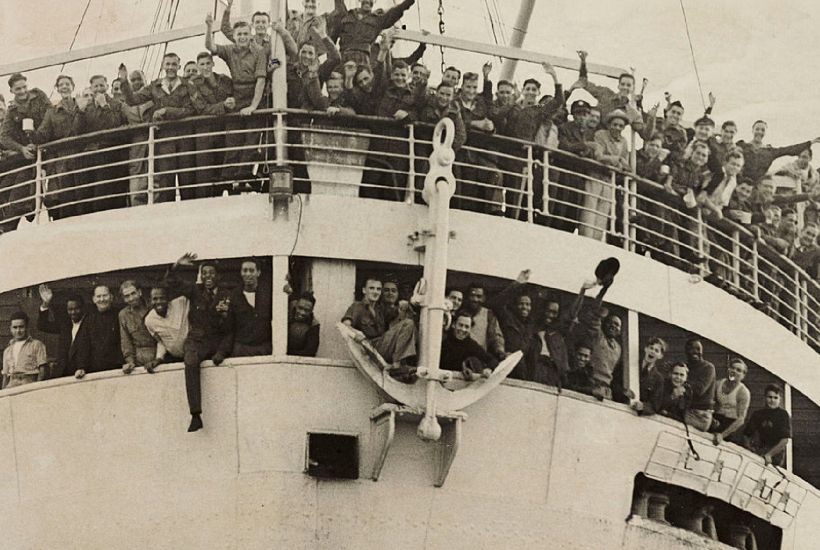




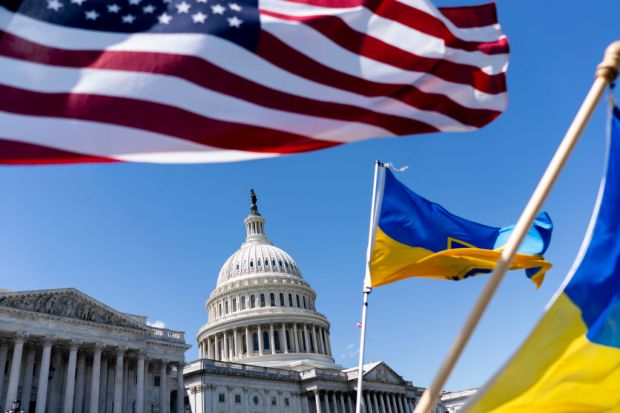

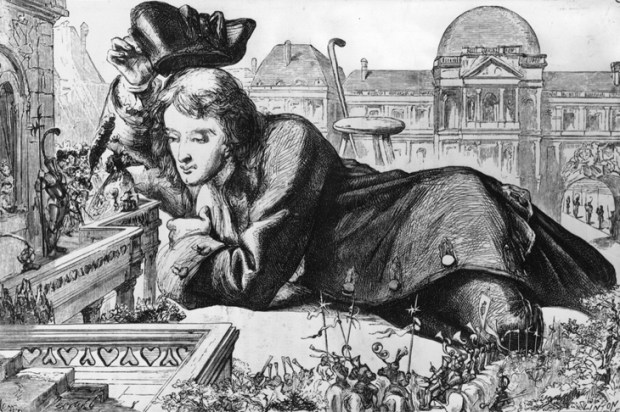
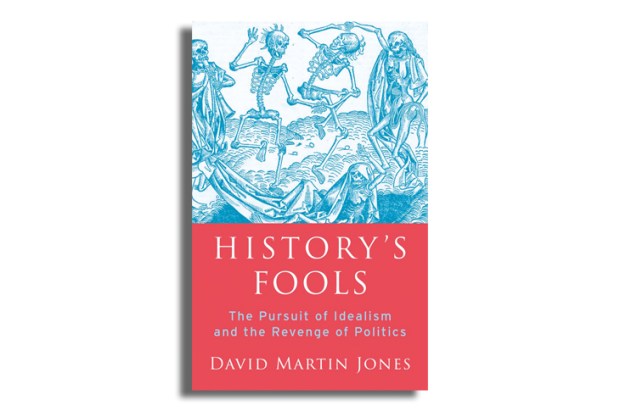





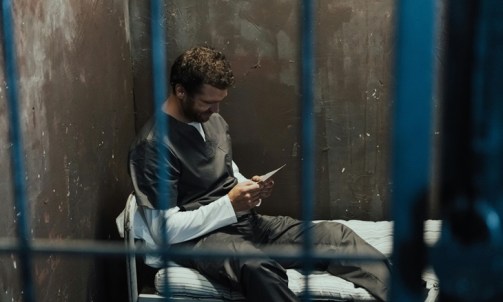
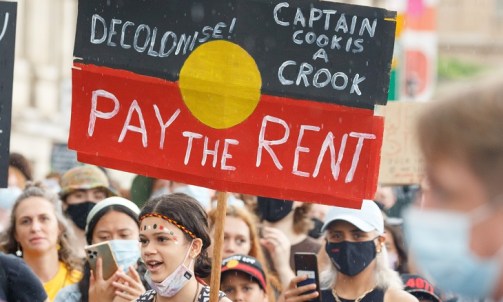



Comments
Don't miss out
Join the conversation with other Spectator Australia readers. Subscribe to leave a comment.
SUBSCRIBEAlready a subscriber? Log in